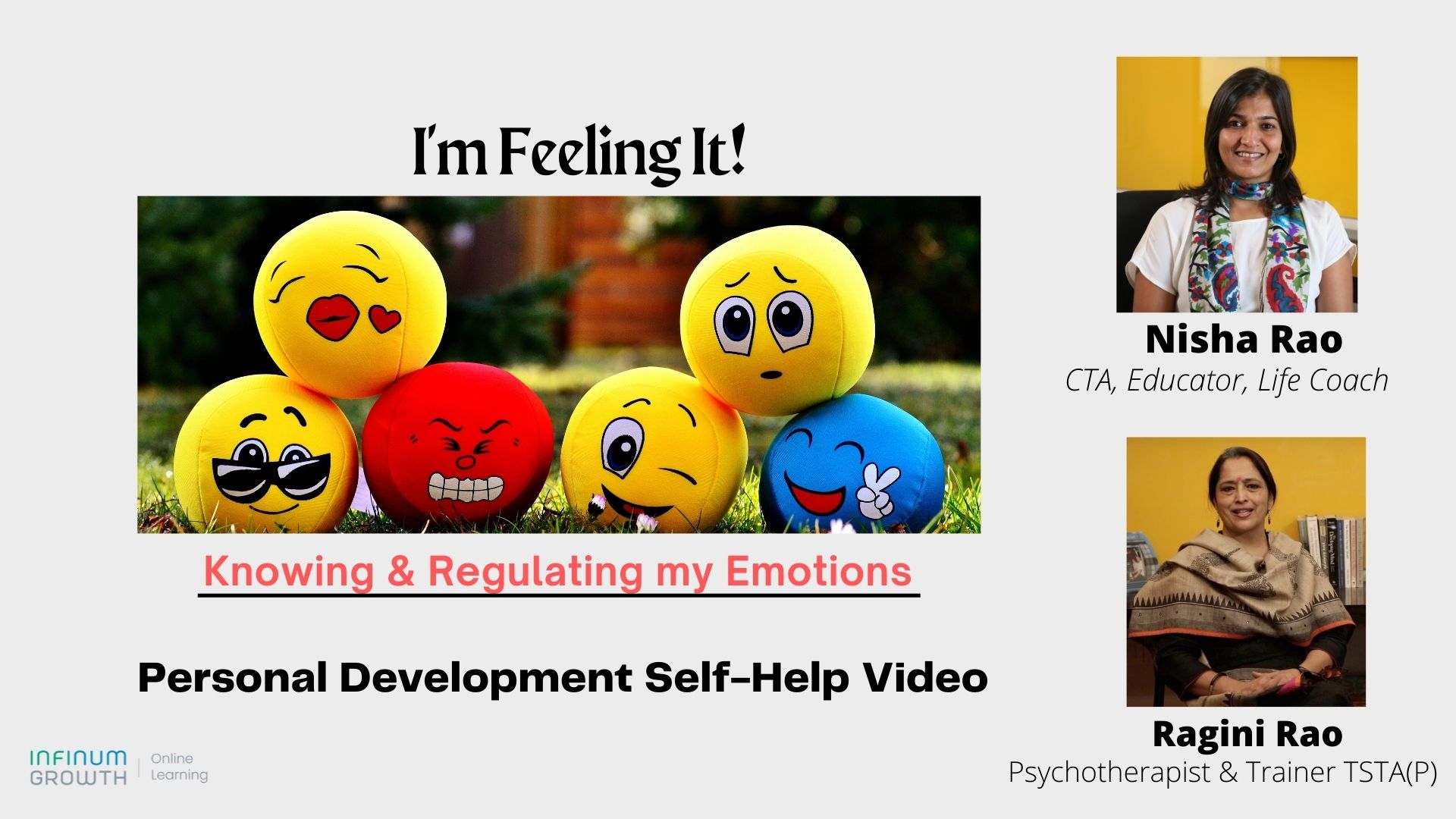Pope Francis recently addressed a forum of business leaders discussing various approaches to alleviating poverty and asked that “you involve in your efforts those whom you seek to help”.
While this statement was made in the context of helping those in need, it occurred to me that the Pope also struck the core of what successful business leaders are fully tuned to – listening to their customers.
As a veteran leader of telecom product management, I have experienced both successful and failed product launches. In a majority of cases, the difference has not been technology or product functionality, but rather the customer’s experience purchasing and/or using the product.
Product experience and first impressions
The more complex and confusing the customer experience is, the greater the likelihood of product failure. Most customers want to use tech products as tools to improve their businesses or lifestyles – the more time they spend waiting for order completions or learning how to use the new products, the less time they spend on their own business. Furthermore, complexity creates frustration, which in turn breeds skepticism.
As a society, we place a great deal of value on first impressions. And when customers’ first impressions of a newly launched product are riddled with confusion and frustration, the company and the product they’ve launched loses credibility. Customer trust takes significant effort to recover.
So, here are a few things for any business leader to take into account when developing a new product:
It’s about THEM, not you
What problem are you solving? Understanding customer needs, and how to meet those needs and add value with your product, is core to product development.
My favourite example (although not explicitly related to the tech industry) – during the construction phase of Disneyland, Walt Disney would regularly visit the site and squat down to look up at a building and ask “Can you see little kids looking up at this?” Kids were his real customers and he wanted to make sure they could see the buildings and storefronts.
Oftentimes, the most exciting part of a new product or venture is its ideation and conception. Something about it makes it attractive to customers. But when trying to make these great new ideas a reality, we risk developing tunnel vision.
In many cases, product development cycles can be long, during which time, we can easily lose sight of what made the idea so attractive in the first place. It’s therefore important that businesses remind themselves of the customer need and work to ensure the originally envisioned customer experience at every critical milestone along the way.
Eat your own dog food
This is something that a former boss told me that has stuck with me for a long time: Role-play as a customer. Secret-shop your own product. Use it, and tear it apart as if your biggest rival built it. Is the experience living up to your promise?
In the world of software development, for example, products go through multiple levels of internal testing before being considered for launch. Each system develops and tests its code. This is followed by integrated testing across all connected applications, and is then completed with a User Acceptance Test. When a defect is found at any point in the process, it is investigated, patched up and tested again, before the test case resumes downstream.
What is often missed, however, primarily due to tight deadlines and cost considerations, is a final, clean, end-to-end validation of the experience in a production environment – a last simulation before the product goes live. The result of this miss can be disastrous. When the first set of customers undergoes a subpar experience, you’ve botched your first impression.
Are you listening? Do they know you’re listening?
Launching your product is just the first step. Now, pay attention to how your customers are responding to the launch. If you’ve delighted them, they’ll tell you. If you’ve disappointed them, they’ll tell you even louder. Whether it means staying your ship on a steady course, or evolving and improving(at the risk of redesigning), it is critical to maintain a healthy and robust feedback loop with your customers (and harshest critics). Like in any relationship, communication is paramount.
Input from customers can come in many different ways. Sometimes customers don’t know what they want, but when they test your product, they’ll be certain to tell you what they don’t want. But customers aren’t homogenous – they come from a variety of backgrounds and have a broad spectrum of preferences and opinions.
Collect your feedback from a large and diverse, but representative sample. Listen to their viewpoints (positive and negative). Get to the heart of what that means for your product. What can be fixed, and furthermore, what’s worth changing?
Some changes can be quick and easily implemented. Other features can take time to build or modify. And in some cases, you don’t need to enhance your product, but rather help your customers adapt and adopt. But always take time to tell customers that you hear them, and that you have a roadmap and a definitive plan to meet their needs.
Are you dependable?
A high quality product is one where the customer need not call for support. It functions as designed, smoothly and reliably, without issues. But if issues do arise, take ownership of the problem – that’s what builds a trusting and loyal relationship. Don’t gloss over or delegitimize their problems. Don’t give them a run-around. Don’t send them away to someone, who sends them away to someone else. Customers are forgiving if you are sincere.
Gauge customer satisfaction. But don’t stop there – ask them how likely they are to recommend your products, and recommend doing business with you. It’s one thing for a customer to enjoy your product, and another to actively promote it.
In summary…
You may be right on with your product proposition. You may have deployed a very innovative and appealing product, but its success depends on a variety of pre- and post-launch factors:
• Keeping customer centricity in mind during all phases of the product development cycle
• Customer purchase and onboarding experience
• Product intuitiveness and ease of use
• Utilization of customer feedback
• Communication of your dedication to your customers and their needs
• Providing holistic and responsible customer service and support
• Constant and passionate commitment to a lasting product that will leave your customers satisfied, engaged and eager to recommend your business
With contributions from Anurag Andra
Anurag Andra is an Analyst at Greenwald & Associates, a Market Research firm in Washington, DC, USA.
He has a BA in Economics and Psychology from the University of Pittsburgh, USA.
Please do leave your comments at the bottom and do share with others if you like this article.
All content included in this article is strictly the personal perspective of Indira Rao and not of her employer AT&T.
Please do leave your comments at the bottom and do share with others if you like this article.



















The content is extremely relevant and I am being reminded of the statement that “If you were in the Customer’s shoes, how would you view it”. Wonderfully written.